Continuing with the series 'Create a recipe', today we'll show you how to do it with another page builder, Zion.
We also have a demo page for the tutorial like this:
Video Version
Before Getting Started
Like in the previous parts, all of the recipe information will be saved in a post of a custom post type. The recipe's name and dish picture are the post's title and featured image. And, the extra information will be saved in custom fields.
Here are the tools that we need for this practice:
First, we need the Meta Box core plugin to have the framework for creating custom post types and custom fields. You can download it directly from wordpress.org as it's free.
To have the advanced features of Meta Box, we need some of its extensions:
- MB Custom Post Types & Custom Taxonomies: to create custom post types;
- Meta Box Builder: to have an intuitive UI to create custom fields in the backend.
You can download and install each extension individually or use the Meta Box AIO which has all the Meta Box extensions.
The last one is Zion Builder. Make sure that you have Zion Builder Pro to have integration with Meta Box.
Step 1: Create a Custom Post Type
Go to Meta Box > Post Types > Add New to create a new post type for the recipe.
Step 2: Create Custom Fields
Move to Meta Box > Custom Fields to create as many fields as you want.
Here are the fields I use for this practice:
Pay attention to the Video field, we usually use the URL field to save links. If you use it, Zion Builder will display the link in text format only. Then, we must do something to convert the link into the video preview.
Instead, we'll use the oEmbed fields of Meta Box. This one allows you to save the link to display it as the video preview on the frontend directly.
After creating all the wanted fields, move to the Settings tab > Location > choose Post Type as Recipes to apply these fields to this post type.
Back to the post editor, you will see all of the newly created custom fields.
Step 3: Create a Template
Go to the Zion Builder menu and create a new template.
First, choose the All Recipes option so that this template will be used for all posts of the Recipes post type.
Next, set the template for the body of the page.
In the Page options, choose Dynamic data preview source. Select any post in the created post type to see its preview.
Now, let's edit the template!
Select the layout with one column only to cover all of the recipe information.
To get the recipe's name, which is the title of the post, add a Heading element, then choose the Post Title option in the Use dynamic data section.
For the first section of the page, I'll add a component with the layout as 2 columns.
In the first column, add an Image element. Since the dish image is also the featured image of the post, click on the Use Dynamic Data button > choose Featured Image in the Post section.
For the second column including all the timing information, add 4 Container element inside. Each container will be for a type of time.
In the first container, choose the Text element. As the timing information is saved in custom fields created by Meta Box, use the Dynamic Data button to connect this element to the Meta Box fields. Take the Prep Time field as an example.
Then, choose the Heading element and name it. You can style it visually as you want.
We'll do the same in the next three containers.
Next, I'll add other containers for each section like ingredients, instruction, nutrition, etc. In each one, add the Heading element and name it. Next, click the Text element, then connect it to the corresponding field.
Now, it's time to display the video. I still use the Text element to display it because the Video element of Zion Builder has not yet supported getting dynamic data. Then, just change the link by inserting the dynamic data from the oEmbed field that we use to save the video's link.
As you can see here, although using the Text component, the video preview still display as we want.
After finishing getting all of the recipe information, you will see all the recipe information is already displayed on the frontend.
Step 4: Style the Page
Back to the page editor with Zion Builder, you can change the settings of each element to style them.
Here is an example result of how I styled the page in my way.
Last Words
Wishfully, the steps above will give you a hand to create a recipe page with Meta Box and Zion Builder easily.
Feel free to share your results with us in the comments. And, follow our channel to see more helpful tutorials!


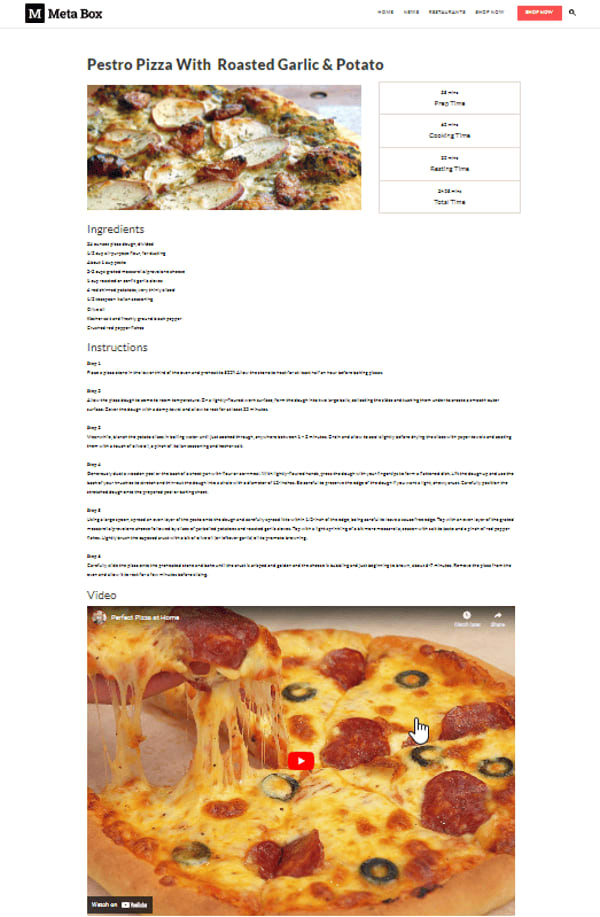
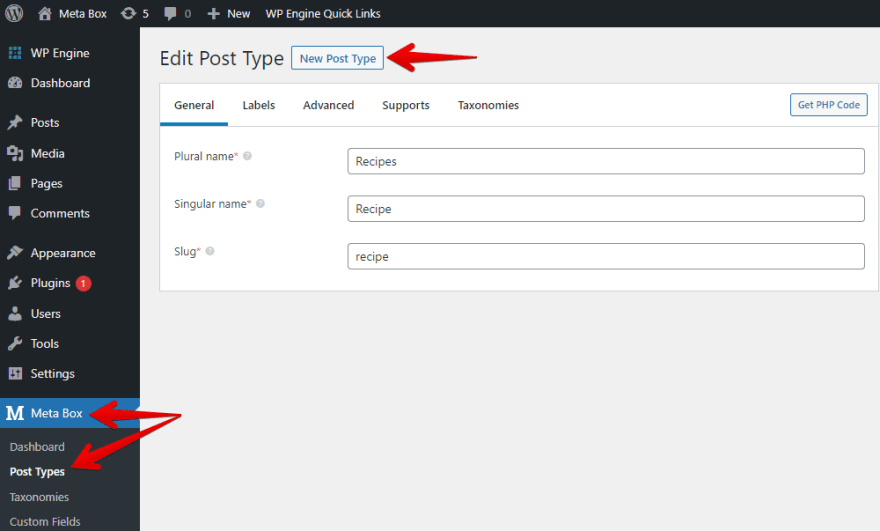

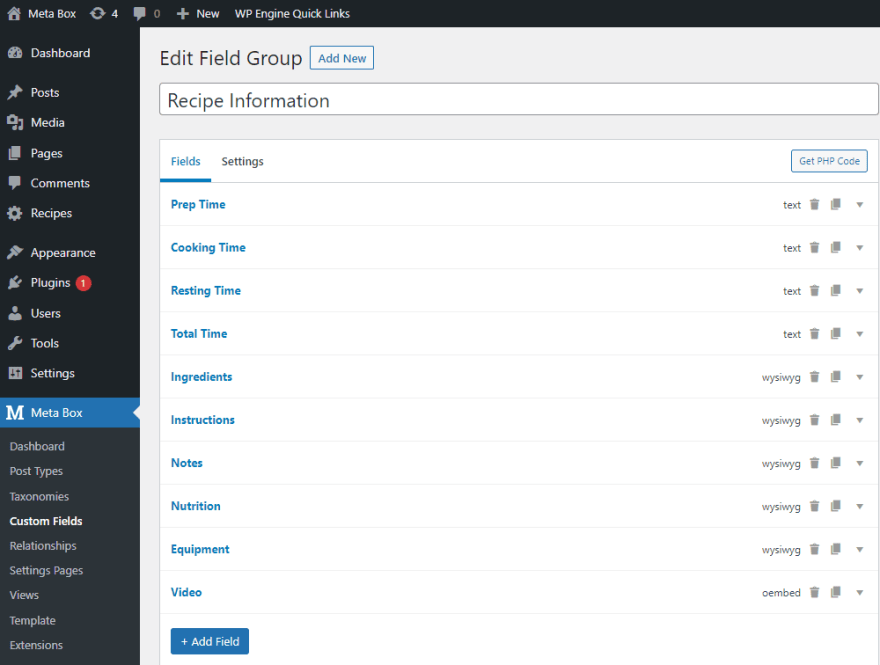



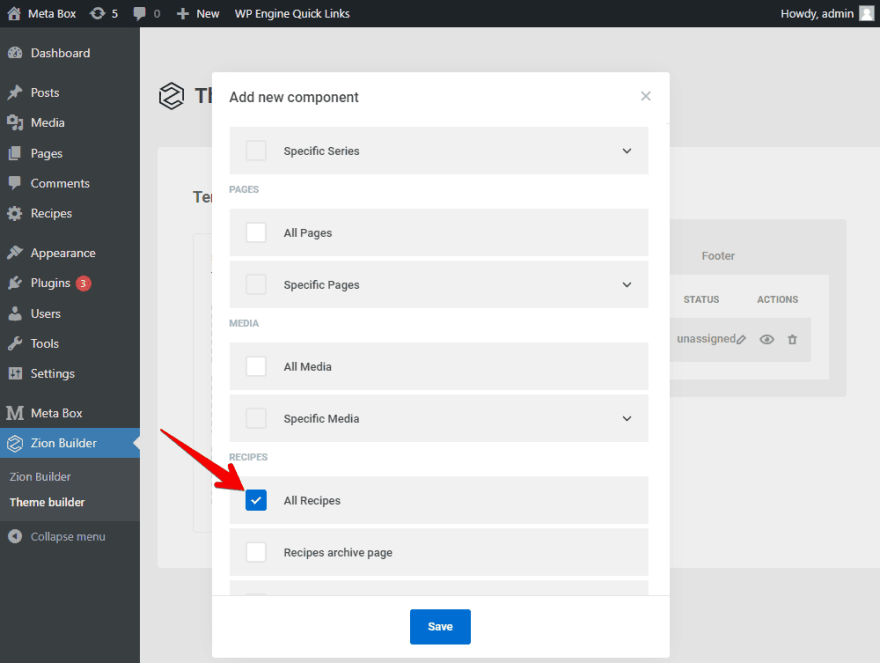
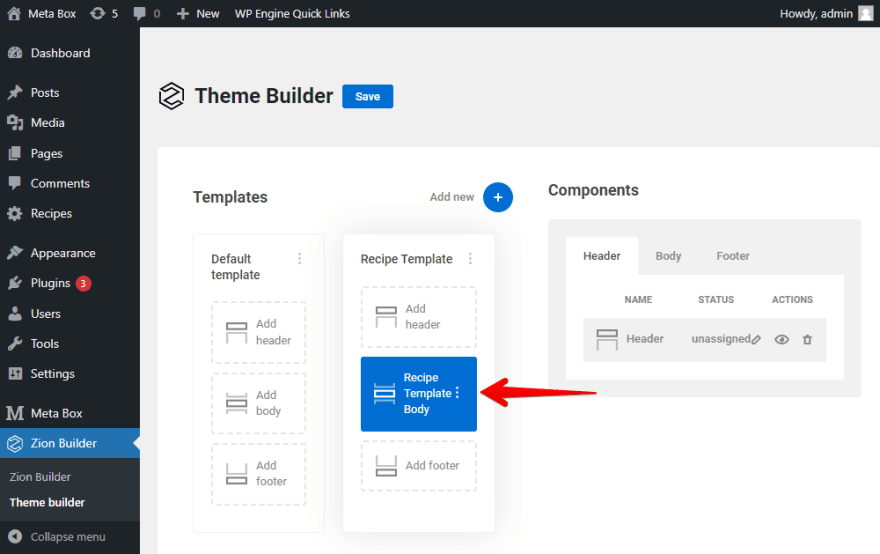
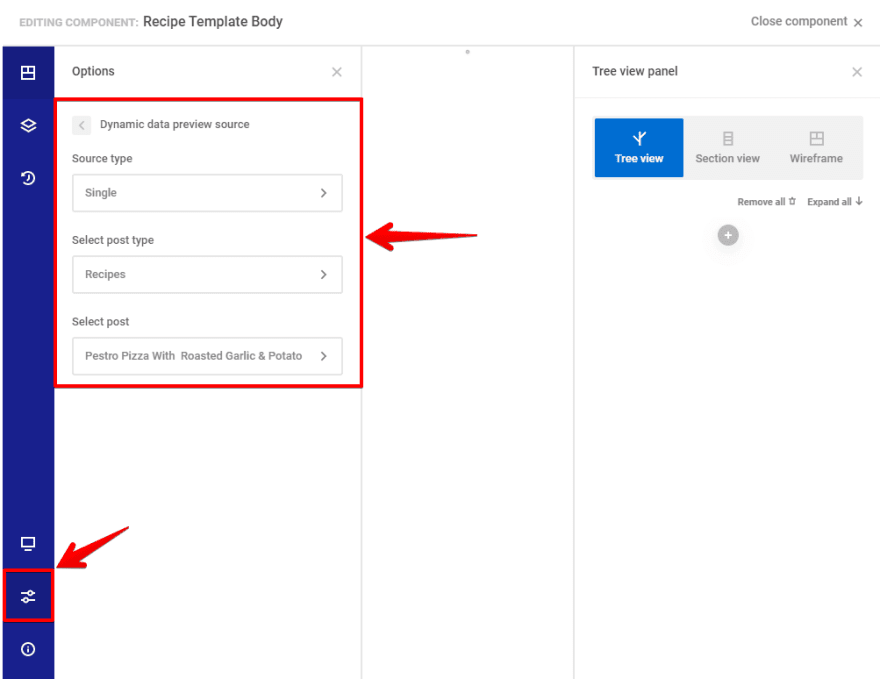
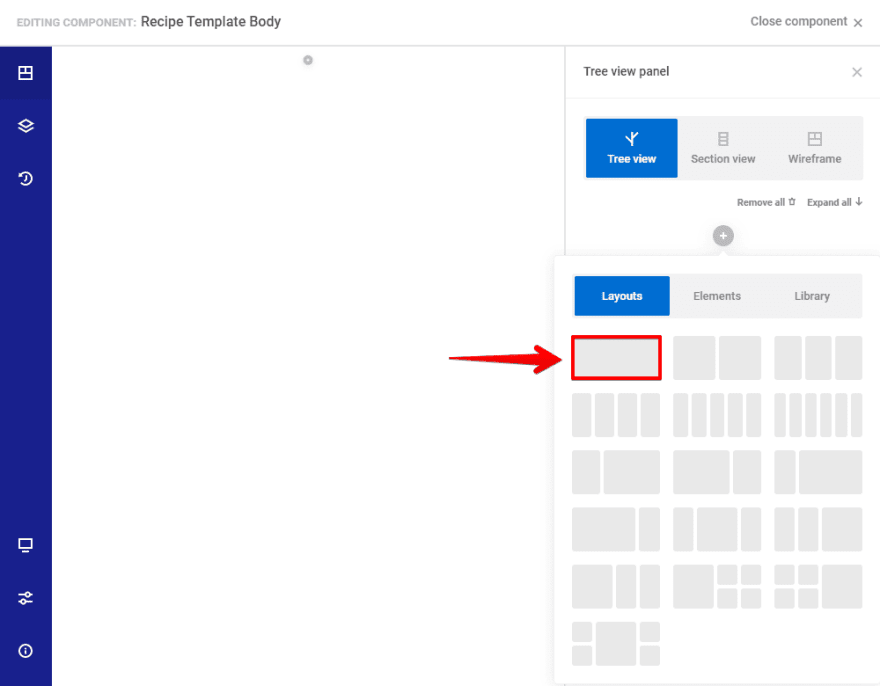
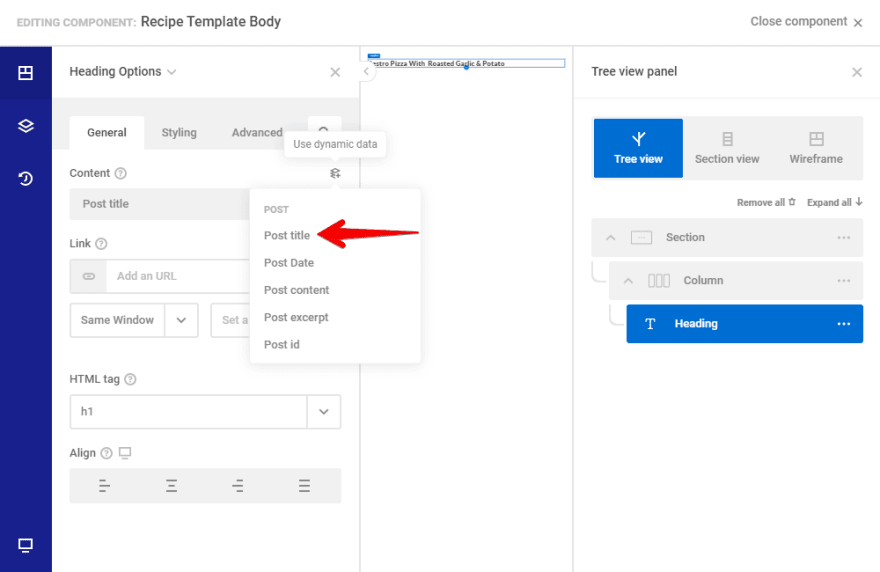

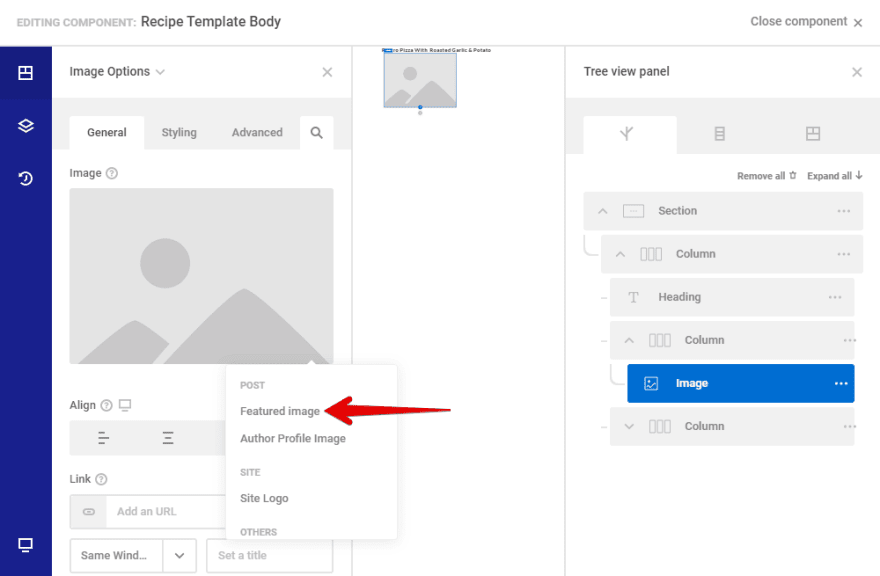
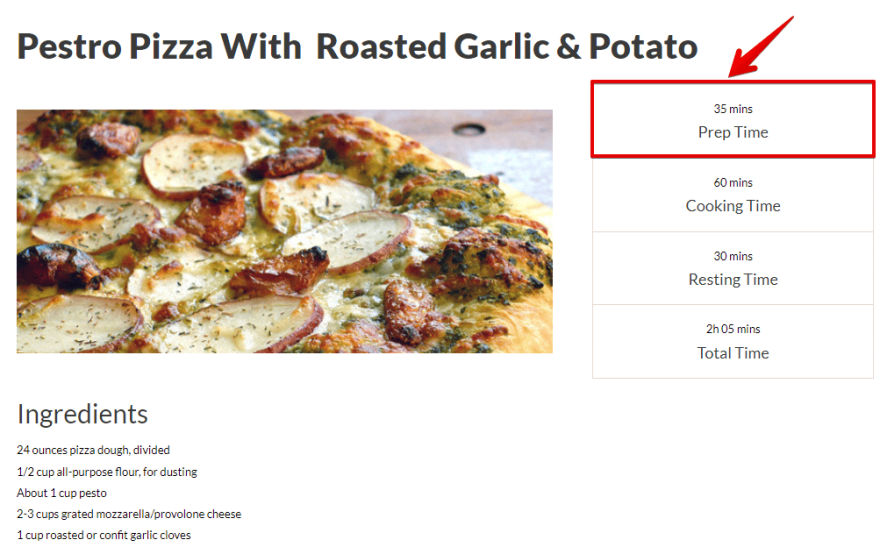

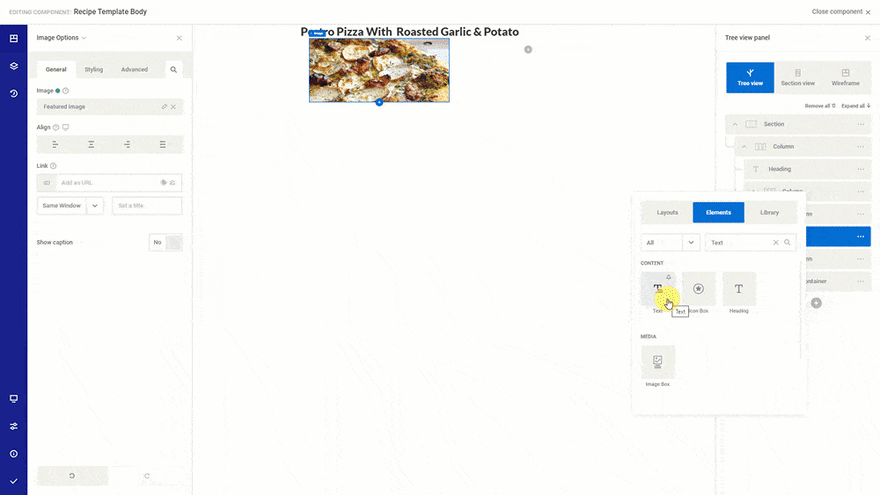
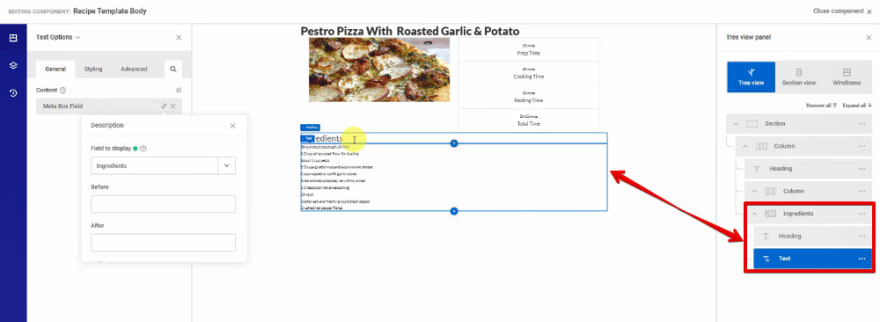

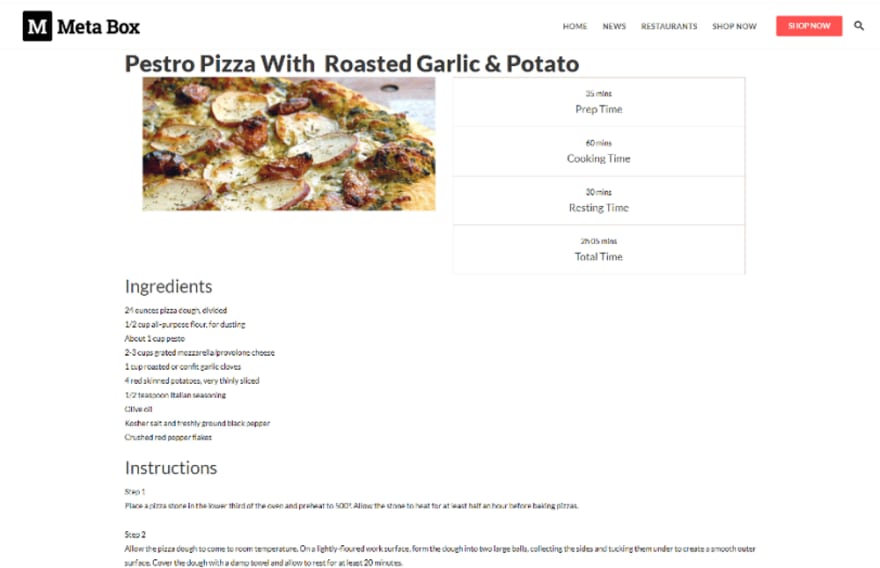

Top comments (0)